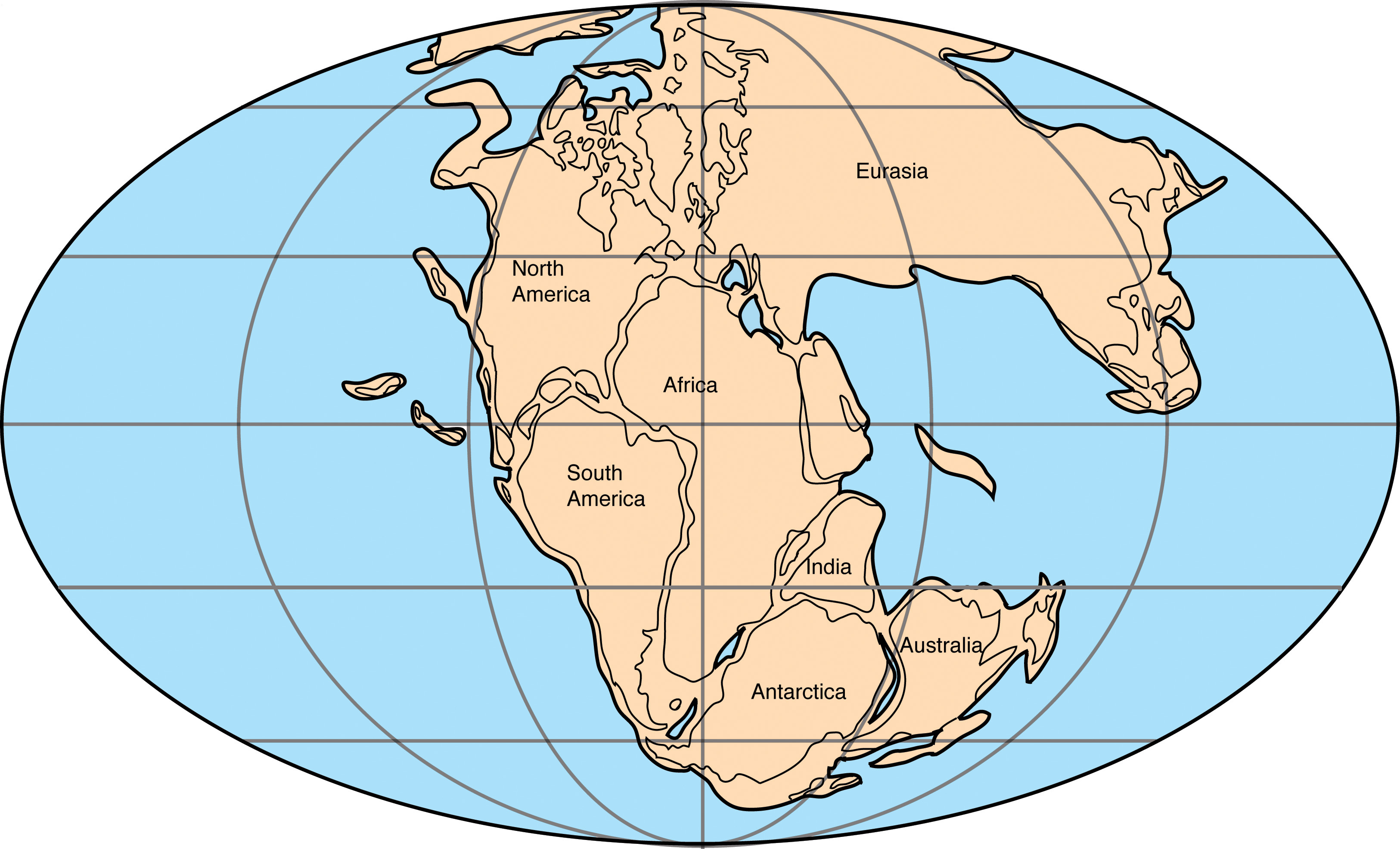Old Rocks
Diamond Member
You gave it to whom? The Feds? Now what the hell would the Feds do with your Hypothesis? If you actually knew anything at all about science, you would have submitted that hypothesis to someone in the field of geology. Specifically, in the field of glacialogy.LaDerpster feels the last Ice Age ended, 20 thousand years age, because North America finally moved far enough south of the pole. Do you agree with his latest theory?
That is the theory, and it isn't exactly new. I gave it to the Feds in 2009.
Nobody disputes that the NA plate is moving SW and has for millions of years.
The exact details of the NA ice age melt are somewhat unclear. Yellowstone's last eruption was 600k years ago. Clearly, that wiped out some ice, but not all of it. But what is indisputable is that NA was covered with ice age glacier from 50 million years ago until very recently.
However, your hypothesis is pure bullshit. We have ample evidence of the interglacials, and of the time periods between them. You haven't shown why all the evidence presented by thousands of geologists is wrong. In fact, you have not shown anything at all in support of your nonsense.

